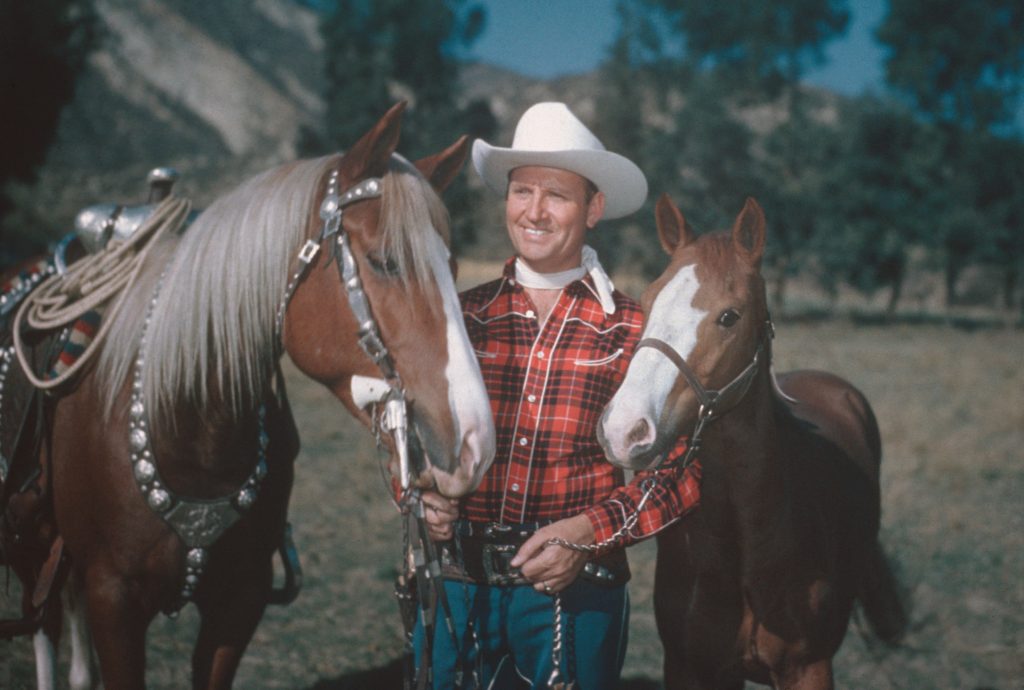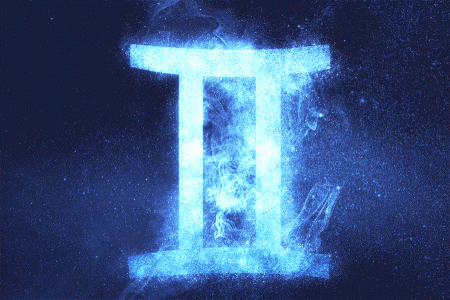Gene Autry, the iconic cowboy crooner and Hollywood star, was born in Texas on September 29, 1907, and went on to become one of the most celebrated performers in American history. His success in Hollywood westerns helped bring country-western music to a wider audience, paving the way for future stars like Roy Rogers and Tex Ritter. Autry had a long and prolific career, spanning 70 years and including appearances in 93 movies and 91 TV productions. He became famous for his role as a singing cowboy, with hits like “Tumbling Tumbleweeds” and “Back in the Saddle Again.”
Autry’s influence extended beyond music and film, as he also founded the Los Angeles Angels Major League Baseball team in 1961. Despite largely retiring from performing in the 1950s, his music enjoyed a resurgence in the 1990s with appearances in popular films like “Sleepless in Seattle” and references in songs by country stars like Toby Keith. Autry’s image as a cowboy and his wholesome values were part of his enduring appeal, and his Christmas hits are still enjoyed by millions of Americans every holiday season.
After being encouraged by Will Rogers, Autry made his first recording in 1929 and became known as “Oklahoma’s Yodeling Cowboy.” He found success on the radio program National Barn Dance in Chicago before signing a record deal. His first movie, “In Old Santa Fe,” kickstarted his film career, leading to a string of nearly 100 films that solidified his status as one of America’s most beloved stars. Autry’s contributions to country-western music and Hollywood have had a lasting impact on popular culture, inspiring generations of performers.
Autry passed away in 1998 at the age of 91, just three days after his birthday, after battling lymphoma. His legacy lives on through his five stars on the Hollywood Walk of Fame, with each star representing his achievements in radio, records, movies, television, and live theater. Throughout his career, Autry promoted values such as respect, honesty, and helping those in need, earning him a reputation as a role model and a symbol of the American cowboy spirit. His lasting impact on music, film, and popular culture continues to be felt today, ensuring that his legacy as the “Singing Cowboy” will endure for generations to come.















